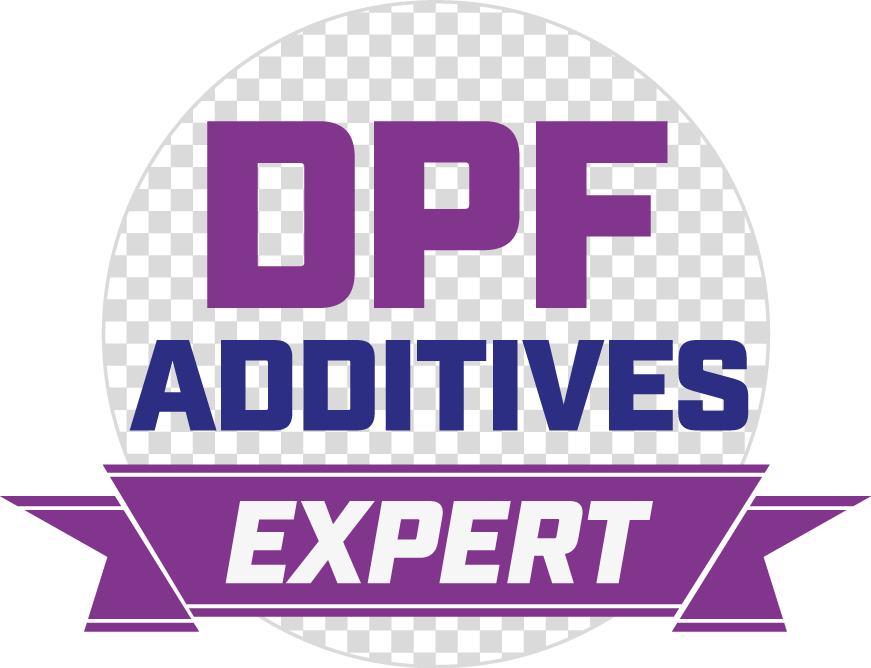Emission Reduction Technologies Overview
The need to clean up exhaust emissions of diesel (and petrol vehicles) has been concerning governments and regulators for some time.
In Europe, the ‘Euro’ emissions limits began in 1993 and have gradually lowered the acceptable levels of pollutants that different types of road vehicles may produce. These are measured according to a standard test cycle. Euro 6 entered into force in 2014 and are the strictest set of limits yet. The harmful substances that are regulated include carbon monoxide (CO), nitrogen oxides (NOx), non-methane hydrocarbons (NMHC), total hydrocarbon (THC), and particulate matter (PM a.k.a. soot; our expert’s favourite as it’s what DPFs are designed to prevent).
All this means that engine manufacturers have had to keep reducing the levels of pollutants leaving vehicles’ exhausts. To do this, they have incorporated a number of different technologies into exhaust systems. The names and acronyms involved can become quite confusing, even for people who are quite familiar with vehicle mechanics. Here is a quick summary of the technologies involved in cleaning up diesel exhaust:
DOC – Diesel Oxidation Catalyst
Also known as a Catalytic Converter or Cat. Reduces carbon monoxide and unburned hydrocarbon emissions by fully oxidising them to carbon dioxide and water. This happens by passing the exhaust gas through a precious metal catalyst which allows the chemical reactions to take place. They do rely on heat from the exhaust gas to perform, so they are not so effective when the engine initially starts up.
DPF – Diesel Particulate Filter
Reduces particulate matter by physically removing soot and other solid particles from the exhaust gas and storing it until it can be burnt away. See ‘What is a DPF?’
DEF – Diesel Exhaust Fluid
A solution of urea in water which is used with SCR systems (see SCR – Selective Catalytic Reduction, below). Also known by trade names such as ‘AdBlue’ (a trademark of the German Association of the Automobile Industry (VDA)).
EGR – Exhaust Gas Recirculation
This is designed to reduce NOx emissions. A valve controlled by the engine’s computer (ECU) redirects a small proportion of the exhaust gas back into the air intake of the engine. This reduces the concentration of oxygen, resulting in lower peak temperatures in combustion. As NOx is produced at higher temperatures, by reaction of nitrogen with oxygen, this has the effect of reducing NOx. Unfortunately it also slightly decreases engine efficiency.
SCR – Selective Catalytic Reduction
Another method of reducing NOx emissions, this one removing NOx that has already been formed. The ‘Reduction’ part of the name refers to a chemical reaction to de-oxidise the nitrogen in NOx. The exhaust gas passes through a catalyst where a urea solution (also known as Diesel Exhaust Fluid, DEF, see above) is injected. The urea forms ammonia gas which reacts with NOx to form harmless gases nitrogen and oxygen. By using SCR in the exhaust, the engine can be set up to run at its most efficient with higher combustion temperatures. It saves on fuel and CO2 but adds the requirement for the consumable Diesel Exhaust Fluid and an on-board tank to store it.
Turbocharger
Or Turbo. These improve engine efficiency overall which helps to improve emissions in general. A turbine driven by the exhaust gas leaving the engine is used to force fresh air into the engine. This means that energy which would otherwise go to waste in the exhaust gas is put to good use. In more modern vehicles, Variable Geometry Turbos (VGTs) are often fitted. In VGTs, the veins of the turbine change their orientation to optimise the intake of air as the engine power changes.
